JTPhotography
No longer a newbie, moving up!
- Joined
- Dec 8, 2012
- Messages
- 902
- Reaction score
- 428
- Location
- South Mississippi
- Can others edit my Photos
- Photos NOT OK to edit
That I can forget about using a tripod with a 14mm lens, because the movement of objects placed very close to the front of the lens is so exagerrated, hand held is the only way to be precise.
Oops, I broke a rule! I was about 18 inches away from these pilings and had no problem leveling and lining them up exactly where I wanted them, and if I hadn't, it wouldn't have been a problem correcting it in post.
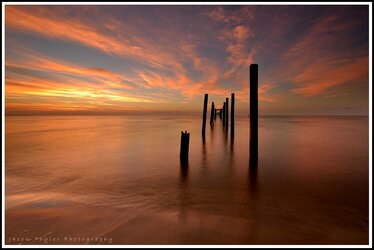
Seriously, not trying to make this a "bash Rockwell" thread, but I read his tutorial on using wide angle lenses and couldn't believe some of the stuff in there. For the beginners, read as much as you can, but always take it with a grain of salt, rules are made to be broken. Learn the rules, and if you find something that works for you, go with it.
Oops, I broke a rule! I was about 18 inches away from these pilings and had no problem leveling and lining them up exactly where I wanted them, and if I hadn't, it wouldn't have been a problem correcting it in post.

Seriously, not trying to make this a "bash Rockwell" thread, but I read his tutorial on using wide angle lenses and couldn't believe some of the stuff in there. For the beginners, read as much as you can, but always take it with a grain of salt, rules are made to be broken. Learn the rules, and if you find something that works for you, go with it.



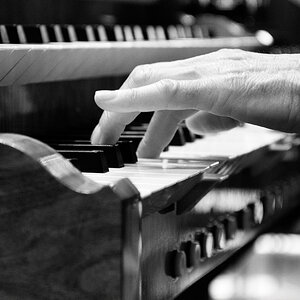
![[No title]](/data/xfmg/thumbnail/41/41900-d02b27da6248f10da25edf2413570222.jpg?1619739936)


![[No title]](/data/xfmg/thumbnail/39/39447-6e7679723d775935851f055bae9712ba.jpg?1619739036)
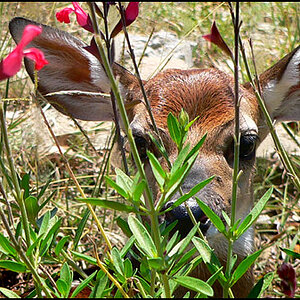
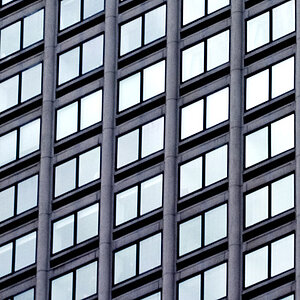


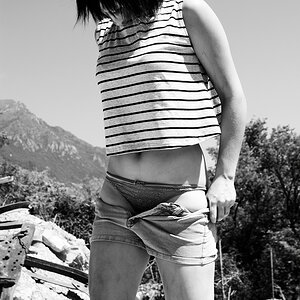
![[No title]](/data/xfmg/thumbnail/41/41898-2c70795ddfa6b397714acc28e3e5d36f.jpg?1619739936)